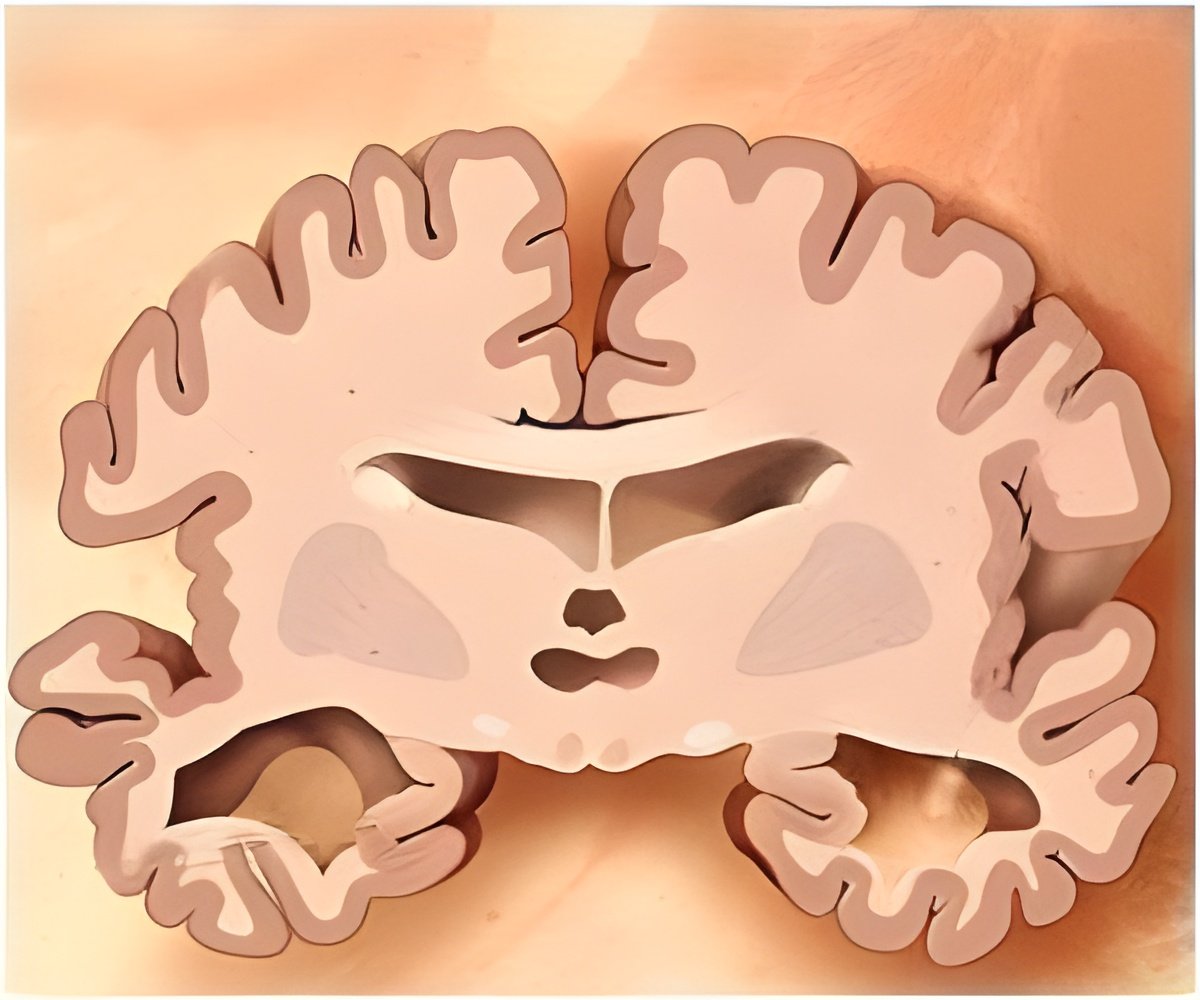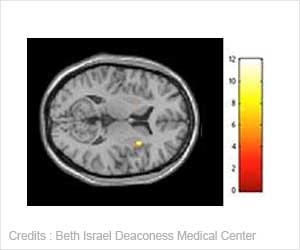A new study reveals that patients with different clinical histories and degrees of brain damage have distinct molecular structures of beta-amyloid fibrils.

Tycko and his team had previously noticed that beta-amyloid fibrils grown in a dish have different molecular structures, depending on the specific growth conditions. Based on this observation, they suspected that fibrils found in the brains of patients with Alzheimer's disease are also variable and that these structural variations might relate to each patient's clinical history. But it has not been possible to directly study the structures of fibrils found in patients because of their low abundance in the brain.
To overcome this hurdle, Tycko and his collaborators developed a new experimental protocol. They extracted beta-amyloid fibril fragments from the brain tissue of two patients with different clinical histories and degrees of brain damage and then used these fragments to grow a large quantity of fibrils in a dish. They found that a single fibril structure prevailed in the brain tissue of each patient, but the molecular structures were different between the two patients.
"This may mean that fibrils in a given patient appear first at a single site in the brain, then spread to other locations while retaining the identical molecular structure," Tycko says. "Our study also shows that certain fibril structures may be more likely than others to cause Alzheimer's disease, highlighting the importance of developing imaging agents that target specific fibril structures to improve the reliability and specificity of diagnosis."
Source-Eurekalert
 MEDINDIA
MEDINDIA



 Email
Email






